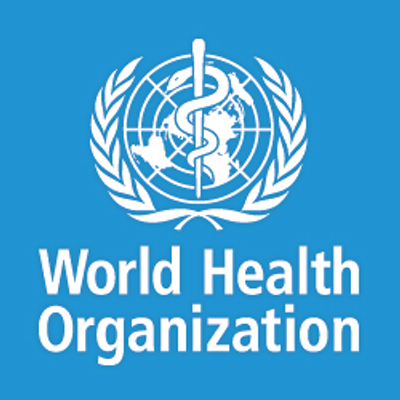The U.S.-based Guttmacher Institute and the World Health Organisation (WHO) on Thursday said abortion rates declined significantly across most developed regions between 1990 and 2014, while they remained largely unchanged in developing regions.
The lead author of the study and a principal research scientist at the Institute, Dr Gilda Sedgh, made the remark in Dar es Salaam, where group of researchers met.
Sedgh noted that the study found that between said times the overall number of abortions per 1,000 women of childbearing age (15–44 years old) in developed countries dropped from 46 to 27.
He said while in developing countries, it changed little, from 39 to 37, though a non-significant difference.
Although the global abortion rate declined slightly during the 25-year period studied, the researchers also found that the absolute number of abortions per year increased as a result of population growth.
Globally, the annual number of abortions grew by almost 6 million, from 50.4 million in 1990 to 1994 to 56.3 million in 2010 to 2014.
However, the estimated abortion rate in 2010–2014 was 35 per 1,000 women.
Broken down by marital status, it was 36 per 1,000 for married women and 25 per 1,000 for unmarried women, whereas some 73 per cent of all abortions, or 41 million, were obtained by married women.
The authors also estimated that in 2010 to 2014, a quarter of all pregnancies worldwide ended in abortion.
They said that the percentage dropped in developed regions, from 39 per cent in 1990 to 1994 to 28 per cent in 2010 to 2014.
“These trends suggest that women and couples in the developed world have become more successful at avoiding unintended pregnancies, the cause of most abortions over the last two decades.
“High abortion rates are directly correlated to high levels of unmet contraceptive need.
“Our findings indicate that in many developing regions, women lack the contraceptive services they need and are unable to prevent pregnancies they do not want to have,” they said.
As countries were grouped according to their abortion laws, the researchers found no significant difference in abortion rates for 2010 to 2014 between countries where abortion is legal and where it is restricted.
In countries where the procedure was prohibited altogether or permitted only to save a woman’s life, the abortion rate was 37 per 1,000, and in countries where it was available on request, the abortion rate was 34 per 1,000.
It has been estimated that in developing regions, where abortion laws tend to be highly restrictive, some 6.9 million women were treated for complications from unsafe abortions in 2012.
The researchers also noted that their findings provide further evidence that even if all women and couples who wish to avoid pregnancy had universal access to contraception, unintended pregnancies and abortions would still occur.
“Women may become pregnant as a result of sexual violence, contraceptive methods may fail, and women who initially wish to have a child may experience a change of circumstances after they become pregnant.
“Therefore, access to safe abortion is essential so that women who need abortion care do not have to resort to unsafe procedures,’’ the study concluded.

